COURSE OVERVIEW
DE0295 : Coiled Tubing Well Intervention (Basic)
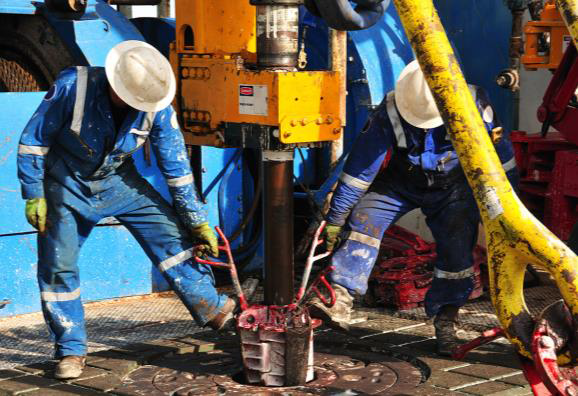
OVERVIEW
| COURSE TITLE | : | DE0295 : Coiled Tubing Well Intervention (Basic) |
| COURSE DATE | : | Jul 27 - Jul 31 2025 |
| DURATION | : | 5 Days |
| INSTRUCTOR | : | Ms. Diana Helmy |
| VENUE | : | Doha, Qatar |
| COURSE FEE | : | $ 8500 |
| Request For Course Outline | ||
Course Description
This practical and highly-interactive course includes real-life case studies and exercises where participants will be engaged in a series of interactive small groups and class workshops.
Coiled Tubing is the process of running a reel continuous tubing into a well that is still under pressure. Coiled Tubing equipment is portable and modular although modern reels are reaching high transport weights and offers quick rig-up times. The maximum working depth of Coiled Tubing is usually determined by the amount of tubing that can be spooled onto a reel rather than the TVD. Highly deviated wells can cause problems with Coiled Tubing as, like wireline, gravity is required to keep the tubing moving down the well-bore. This can now be overcome to a certain extent with the use of downhole “tractors” which pull the coiled tubing from the bottom. Coiled Tubing can be used for a very wide range of jobs such as, Nitrogen lifting wells, clean-up operations, spotting acid at the perforations, fishing operations, spotting cement and PLT.
This course is designed to provide participants with a detailed and up-to-date overview of Coiled Tubing Operations. It covers the coiled tubing reel and well control equipment; the power packs and hydraulic systems; the transport and rig-up procedures for coiled tubing units including applications and clean-up operations and procedures; the processes and safety considerations of nitrogen lifting wells; and the methods of spotting acid at perforations.
During this interactive course, participants will learn the fishing operations, coiled tubing job design, acidizing and stimulation techniques; the coiled tubing interventions planning and the role of downhole “tractors”; the cementing and zonal isolation techniques; the PLT (production logging tool) and properties and handling of downhole fluids; the most commonly used downhole tools for specific operations; the overall operational performance; the real-time monitoring and data interpretation; the common issues of performance troubleshooting; working safely with liquid nitrogen; the general safety protocols in coiled tubing operations; the prevention and management of kick situations; and the selection and usage of appropriate personal protective equipment (PPE).
link to course overview PDF
Coiled Tubing is the process of running a reel continuous tubing into a well that is still under pressure. Coiled Tubing equipment is portable and modular although modern reels are reaching high transport weights and offers quick rig-up times. The maximum working depth of Coiled Tubing is usually determined by the amount of tubing that can be spooled onto a reel rather than the TVD. Highly deviated wells can cause problems with Coiled Tubing as, like wireline, gravity is required to keep the tubing moving down the well-bore. This can now be overcome to a certain extent with the use of downhole “tractors” which pull the coiled tubing from the bottom. Coiled Tubing can be used for a very wide range of jobs such as, Nitrogen lifting wells, clean-up operations, spotting acid at the perforations, fishing operations, spotting cement and PLT.
This course is designed to provide participants with a detailed and up-to-date overview of Coiled Tubing Operations. It covers the coiled tubing reel and well control equipment; the power packs and hydraulic systems; the transport and rig-up procedures for coiled tubing units including applications and clean-up operations and procedures; the processes and safety considerations of nitrogen lifting wells; and the methods of spotting acid at perforations.
During this interactive course, participants will learn the fishing operations, coiled tubing job design, acidizing and stimulation techniques; the coiled tubing interventions planning and the role of downhole “tractors”; the cementing and zonal isolation techniques; the PLT (production logging tool) and properties and handling of downhole fluids; the most commonly used downhole tools for specific operations; the overall operational performance; the real-time monitoring and data interpretation; the common issues of performance troubleshooting; working safely with liquid nitrogen; the general safety protocols in coiled tubing operations; the prevention and management of kick situations; and the selection and usage of appropriate personal protective equipment (PPE).
TRAINING METHODOLOGY
This interactive training course includes the following training methodologies:
LecturesPractical Workshops & Work Presentations
Hands-on Practical Exercises & Case Studies
Simulators (Hardware & Software) & Videos
In an unlikely event, the course instructor may modify the above training methodology for technical reasons.
VIRTUAL TRAINING (IF APPLICABLE)
If this course is delivered online as a Virtual Training, the following limitations will be applicable:
| Certificates | : | Only soft copy certificates will be issued |
| Training Materials | : | Only soft copy materials will be issued |
| Training Methodology | : | 80% theory, 20% practical |
| Training Program | : | 4 hours per day, from 09:30 to 13:30 |
RELATED COURSES
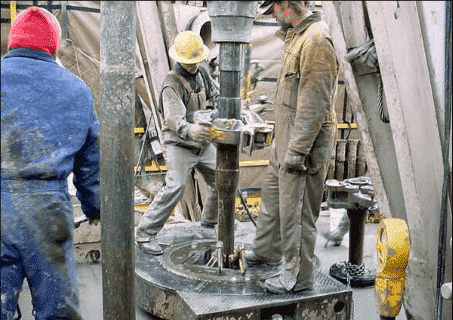
DE0100 : Well Completion Design & Operations, Well Stimulation and Workover Planning
- Date: Dec 21 - Dec 25 / 3 Days
- Location: Muscat, Oman
- Course Details Register
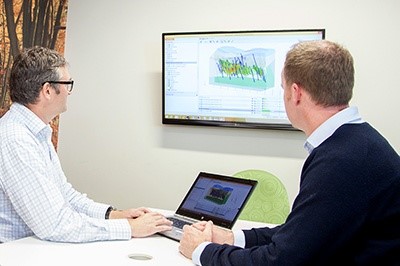
DE0271 : Petrel Uncertainty and Optimization
- Date: Dec 21 - Dec 25 / 3 Days
- Location: Doha, Qatar
- Course Details Register
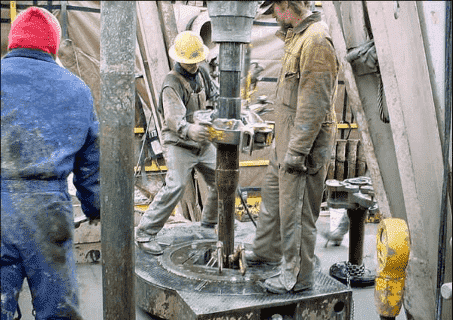
DE0100 : Workovers & Completions
- Date: Dec 21 - Dec 25 / 3 Days
- Location: Muscat, Oman
- Course Details Register
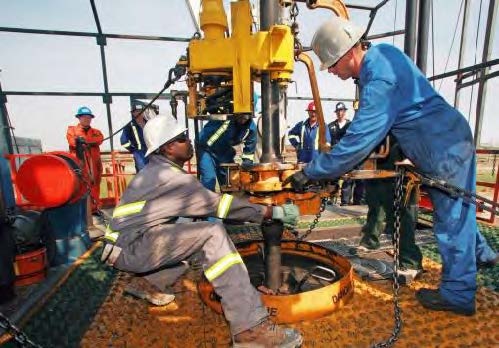
DE0111 : Advanced HPHT Well Intervention Operation
- Date: Dec 21 - Dec 25 / 3 Days
- Location: Doha, Qatar
- Course Details Register
